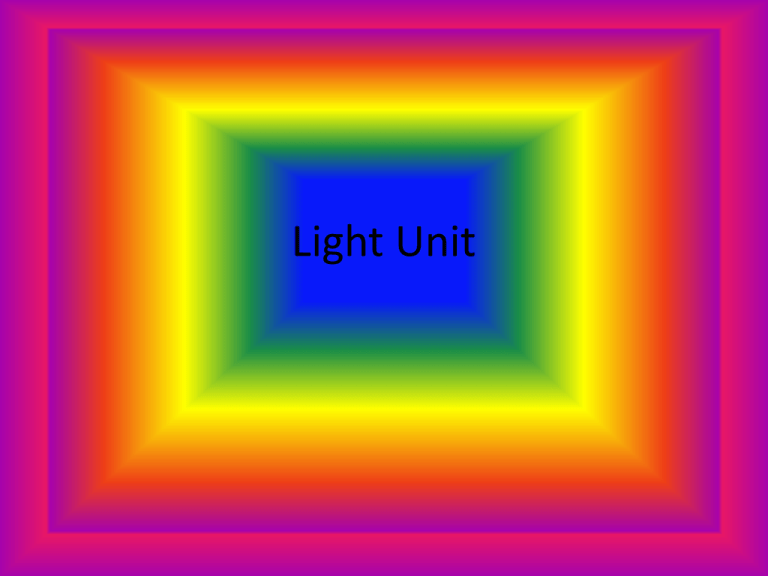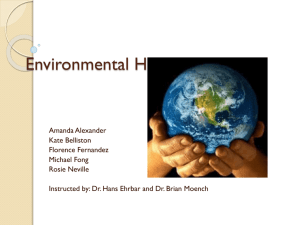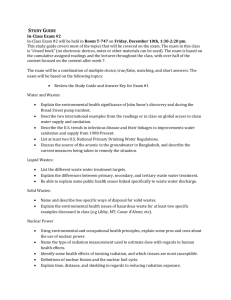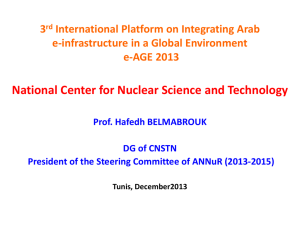Light Unit
advertisement

Light Unit MI Standards • Energy P.EN.07.61 and P.EN.07.62 • CONTENT STATEMENT: Solar Energy Effects Nuclear reactions take place in the sun producing heat and light. Only a tiny fraction of the light energy from the sun reaches Earth, providing energy to heat the Earth. 7.61 • 1. Nuclear reactions that take place in the sun produce heat. 2. Nuclear reactions that take place in the sun produce light. 7.62 • 1. Only a small portion of light energy from the sun warms the Earth. 2. The atmosphere of the Earth traps heat energy from the sun. Without the greenhouse effect the Earth would be too cold to support life. 3. The directness of the light from the sun is in relation to the amount of heat the Earth receives. 4. The color of the Earth’s surface affects the amount of heat that the Earth absorbs What you need to know. • 1. Identify means to recognize that nuclear reactions take place in the sun and produces heat and light. • 2. The Sun produces a tremendous amount of light and heat • 3. Nuclear reactions occur when nuclear particles collide to produce great heat and light. • 4. Heat is a form of energy associated with the motion of atoms or molecules and capable of being transmitted through solid and fluid media by conduction, through fluid media by convection, and through empty space by radiation. • 5. Light is electromagnetic radiation (radiation consisting of electromagnetic waves, including radio waves, infrared, visible light, ultraviolet, x-rays, and gamma rays of any wavelength). What you need to know. • 1. Explain how only a tiny fraction of light energy from the sun is transformed to heat energy on Earth. • 2. Explain how only a small part portion of light energy from the sun produces heat energy on Earth. • 3. The atmosphere of the Earth traps heat energy from the sun. Without the greenhouse effect the Earth would be too cold to support life. • 4. The directness of the light from the sun is in relation to the amount of heat the Earth receives. • 5. The color of the Earth’s surface affects the amount of heat that the Earth absorbs. Think about……. • 1. Where does the light we have on Earth come from? • 2. How is that light generated? • 3. How does light travel? • 4. What forms of light are there? • 5. How are heat and light related? Nuclear Reactions • Describe the Sun – 3 layers • Core - hottest and nuclear reactions take place • Radiation Zone – denser and hot • Convection Zone – circulation of energy • What processes take place in the Sun to generate light and heat. Nuclear Reactions • • • • H+H He + energy (light and heat) Needs extreme heat and pressure to occur Sun’s core is about 15, 000,000 ⁰C t Weblinks • http://science.howstuffworks.com/sun.htm • http://spaceweather.com • http://www.youthttp://www.youtube.com/wa tch?v=Ux33-5k8cjgube.com/watch?v=Ux335k8cjg











